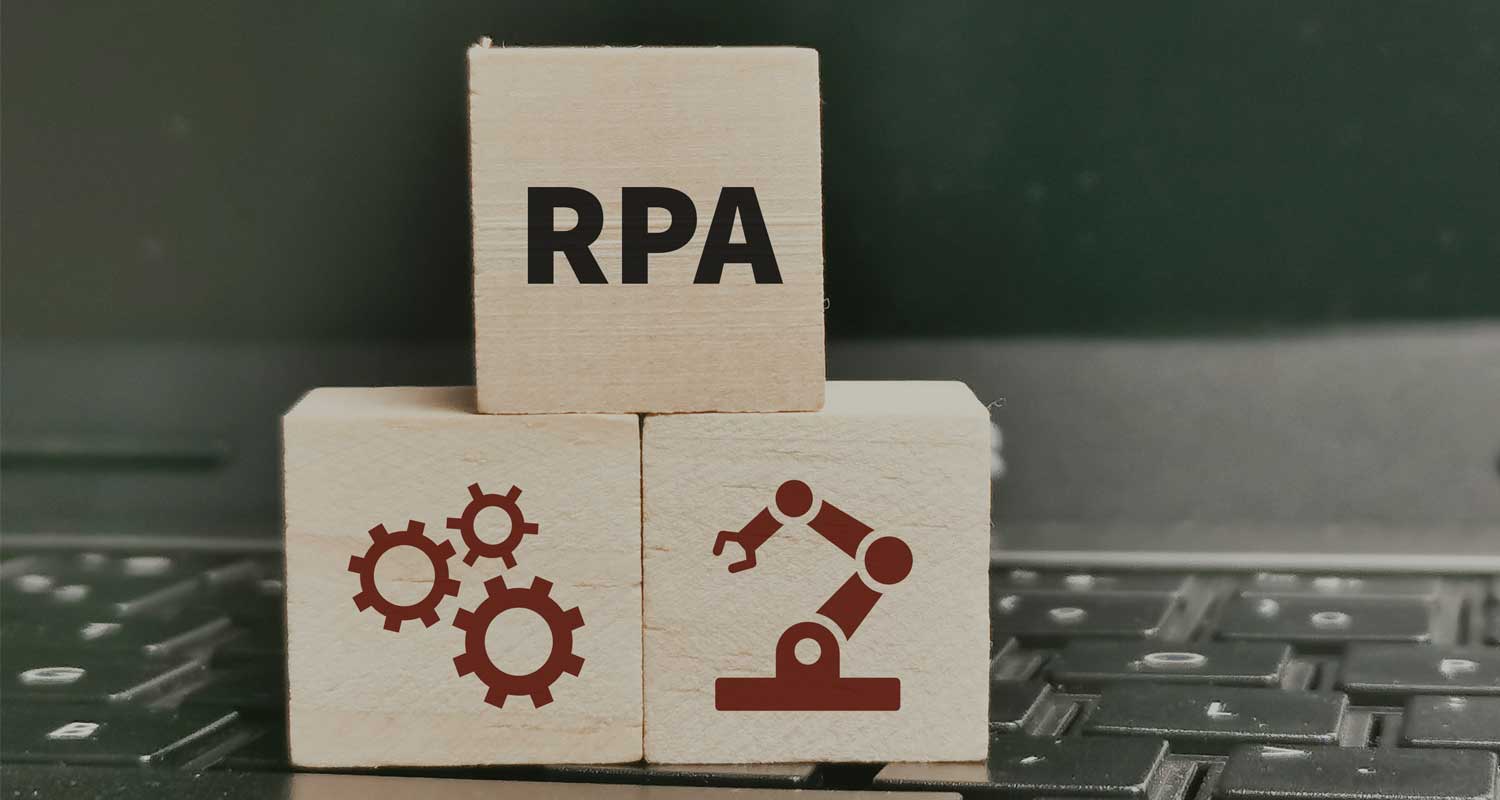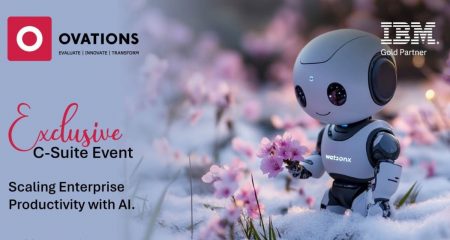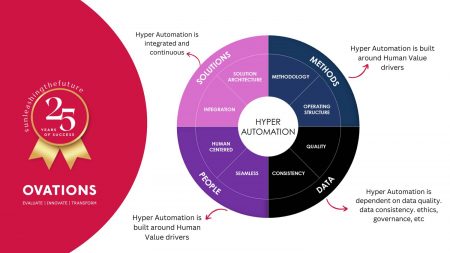 Business automation initiatives and investments are set to climb sharply in 2023 and beyond, driven by the potential of AI and hyper-automation to transform business models and create additional business value.
Business automation initiatives and investments are set to climb sharply in 2023 and beyond, driven by the potential of AI and hyper-automation to transform business models and create additional business value.
It is well understood that automation solutions can perform a wide range of activities to streamline processes by automating manual tasks. The proven benefits for businesses adopting automation capabilities include the ability to transform the business to improve productivity, deliver services faster, reduce operational expenditure and eliminate costly errors.
It also boosts morale for employees by removing mundane repetitive tasks and allowing greater focus on improving customer engagement and providing capacity for more complex work. As a result, and with the emergence of new technologies, automation use cases are expanding to new industries and a wide variety of business areas.
However, businesses seem to have lost focus around what it means to be automated. It’s concerning that in a world where client experience and service delivery is such a key differentiator, many businesses are unable to give accurate and real-time information on how their processes are performing.
The original premise of business process management (BPM) was to enable businesses to automate processes to give process visibility – but even large enterprises seem to have lost their way.
Businesses have become too mechanical about automation, with no clear automation journey and end state in mind. At the end of the day, the big picture is delivering better service to customers, and the fact that businesses are not measuring how well customer facing processes are performing, is surprising.
Additionally, there is evidence that companies have not achieved the expected benefit from their historic automation initiatives. The barriers that have created challenges must be removed for future initiatives to be truly successful. In this article, we highlight some of these barriers and provide a guideline for removing or mitigating the associated risk.
Legacy barriers
Despite all the technology available and modernisation efforts in recent years, many organisations still have multiple legacy systems and old components in their environments. Data integration with these systems is a common business challenge that cannot always be solved in a cost-effective way. The latter creates a barrier to implementing advanced automation solutions and limits the benefit and value outcomes.
We have found that clear requirements and an updated data architecture assists in identifying potential challenges. Where the data formats and process steps are not structured and well-defined, process and task mining can be used to help uncover those processes and assess more accurately the “as-is” status while clearly defining the required data structure.
Software automation journey
Most companies have a wide range of software solutions from a multitude of vendors. These vendor solutions have varying automation strategies and journeys. For example, a software vendors could identify gaps in their offerings and acquire new tools and capabilities, eg., an ERP vendor will acquire an RPA (robotic process automation) and process mining tool to make their suite more complete. Similarly, most software vendors are investing heavily in AI to also make their tools smarter and more efficient, and to stay relevant.
This industry consolidation creates complexity for businesses that are implementing automation solutions. It is important for a business to consider the automation strategies of their solution vendors to create a clear automation vendor strategy , that is, a single or multiple vendor strategy. This strategy will guide the hyper-automation vendor selection approach that will provide the various toolsets, eg RPA, BPMS, OCR, AI, ML, process and task mining.
 Preferred practice
Preferred practice
Automation complexity can result from a lack of structure. The nature of automation means it is geared toward clearly defined data formats, steps and results. If unstructured data or a process variation is thrown into the mix, further complexity is added.
Automation preferred practices should be guided through a formal or informal automation centre of excellence. These practices provide governance and control and ensure that a consistent approach to automation is taken. Automation preferred practices should be reviewed and evaluated on a regular basis to identify new and updated practices. This will help ensure that the businesses’ automation strategy can be future proofed.
The app and cloud fallacy
A component of most businesses’ digital transformation journeys is to build one or many mobile apps and to provide additional digital channels to engage with their customers. There is a belief that these apps/channels automate existing business processes. This is a fallacy.
Similarly, due to the wide scale migration to the cloud, businesses have the perception that because their automation tools are on the premises, they are no longer relevant. Businesses are also investing in SaaS applications to replace legacy system but make the mistake of trying to automate all their processes in the SaaS solutions, which is doomed to failure. The complexity of trying to do this creates a never-ending change loop.
We are not recommending that businesses shouldn’t implement apps or move to the cloud, but the automation journey and strategy should be restructured to balance and align with these changes.
Automation maturity
Businesses are not always aware of where they are in terms of their automation maturity. Automation is an evolution and measuring maturity, benefits and value is an ongoing and fact-based exercise. Companies are not always clear about what it is that they need to automate. There is often a focus on the solutions rather than the value drivers:
- RPA arrived and short-circuited the automation evolution. Companies began automating tasks and processes without the fact-based analysis;
- Some industries skipped a few steps because they were lagging on automation. Solution selection drove the process;
- RPA vendors engaged directly with the business;
- these stand-alone initiatives are not sustainable and now require involvement from IT;
- A degree of Fomo emerged, driven by the media and vendors.
A key reason for this is that it can be difficult to measure automation maturity and to identify opportunities. The lack of understanding and adoption of process mining and how it can solve this problem is a key challenge. Process mining tools have reached a high level of maturity and are a proven solution to assess maturity and to identify opportunities.
In summary
To get the most from automation, businesses need to measure their process maturity and automation investments, by analysing the right metrics. They need to consider their customer experience and service delivery priorities and to plan their automation initiatives accordingly.
They also need to understand their current technology environments and be clear on how the automation solutions will be sustainably integrated.
The value that can be derived from hyper automation is significant, but it requires a clear understanding of the automation strategy and journey.
- Read more articles by Ovations Group on TechCentral
- This promoted content was paid for by the party concerned




